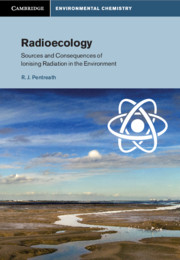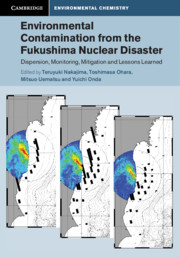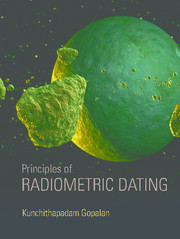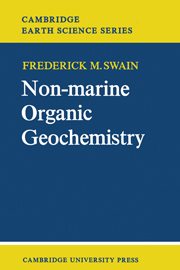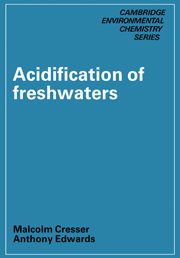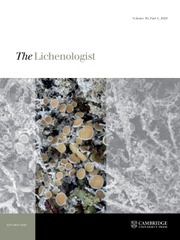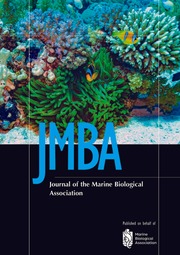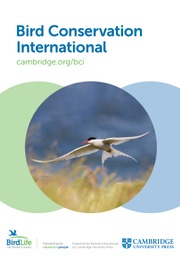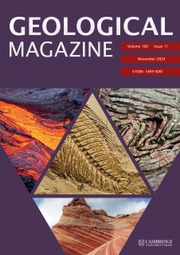Radioecology
Natural radiation arises from many sources, from the unstable atoms within our own bodies and in the materials around us, from the Sun, and even from beyond the Solar System. Additional sources include the legacy of testing nuclear weapons, nuclear waste, and nuclear accidents. All these sources have provided means of dating environmental materials and tracing the movements of substances through land, sea, and air. But ionising radiation also interacts with DNA, which has led to a remarkable range of studies to examine how and how quickly these unstable atoms are accumulated by both humans and biota, and their various effects on both. Providing an overview of the sources, uses and impacts of ionising radiation in the environment, and the frameworks developed to manage exposures to them, this is a valuable reference for graduate students and researchers interested in radioecology, environmental science and radiological protection.
- Brings together the basic physical, chemical and biological knowledge necessary to understand ionising radiation in an environmental context
- Provides an historic framework to demonstrate how the study of radioecology has evolved, and why it is needed
- Identifies gaps in our understanding of radioecology, highlighting open questions for future research that would benefit the fields of radiological protection and environmental science.
- Demonstrates how radioecology interfaces with the important discipline of radiological protection.
Product details
December 2021Adobe eBook Reader
9781009040334
0 pages
This ISBN is for an eBook version which is distributed on our behalf by a third party.
Table of Contents
- Preface and acknowledgements
- 1. The emergence of radioecology
- 2. Stable and unstable atoms
- 3. Radionuclides and other sources of radiation in the natural environment
- 4. Radionuclide distributions and their value as environmental clocks and tracers
- 5. The accumulation of radionuclides by plants and animals
- 6. Radiation dosimetry and biological effects
- 7. Managing environmental radiation exposures: experiences and challenges
- Index.

